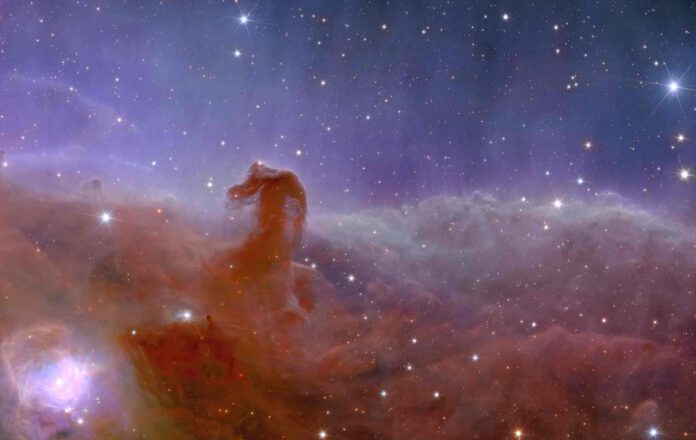
A Breakthrough in Space Exploration
Never before has a telescope captured such clear, extensive images of the sky. This is just the beginning of the journey for Euclid, a space telescope renowned for its precision. Euclid’s primary goal is to understand the ‘dark’ influence that invisible and extremely mysterious forces have on our cosmos.
The Euclid’s Images
The European Space Agency recently released the very first color photographs of the cosmos, captured by Euclid. This release includes five images displaying the cosmos in a way like never before. “We haven’t seen such detailed astronomical images before,” admits René Laureijs, who is part of the Euclid team. “They are even more beautiful and sharp than we had dared to hope, exposing previously undetected features in familiar parts of the nearby universe.”
Ongoing Research
Laureijs, as one of the Euclid researchers, might have a biased perspective. But there’s no doubt: Euclid’s first images are genuinely breathtaking. Take a look for yourself!
The Dark Elements of the Universe
Euclid was launched this summer and comfortably sits at Lagrange point 2. From this vantage point, starting from next year, it will begin to study how dark matter and dark energy shape the universe.
To generate a clearer understanding of the effect dark matter and its energy have on the cosmos, over the next six years, Euclid will observe the shapes, distances, and velocities of billions of galaxies, reaching as far as ten billion light-years away. The research is anticipated to result in the largest cosmic 3D map ever created. “Euclid will ensure that our understanding of the cosmos, as a whole, leaps forward,” predicts Mundell.
The Telescope’s First Glimpse
The telescope’s initial images are promising, revealing its capacity to capture exceptionally clear images, in both visible and infrared light, of an unprecedented large portion of the sky. “Now we’re ready to observe billions of galaxies and study their evolution through cosmic time,” says Laureijs. His colleague, Søren Larsen, shares this excitement, “Today’s released images are spectacular, but they’re just the beginning. I am eager for Euclid to truly get to work and curious about what the observations in the coming years will reveal about our own Milky Way galaxy and other galaxies in our cosmic neighborhood.”











